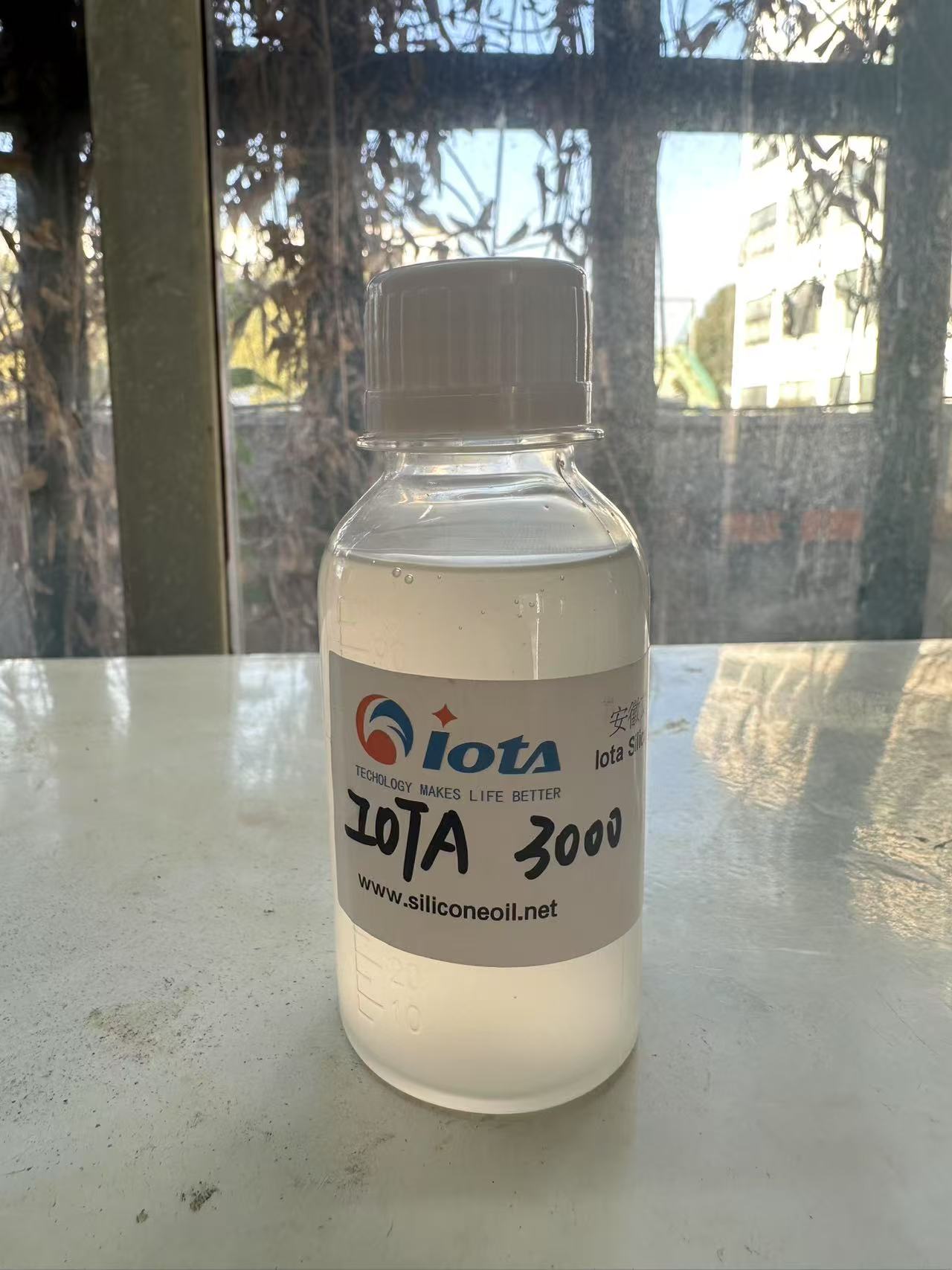Hits: 241 img

—— Comprehensive analysis from microscopic molecules to macroscopic applications
In nature, the phenomenon of water droplets rolling on lotus leaves without getting stuck and insects walking lightly on the water surface shows the wonderful law of interaction between liquid and solid surface. In the field of industry and technology, humans have created a class of highly efficient functional materials - silicone wetting agents by imitating and optimizing this interaction. It is like a "surface tamer" that solves problems such as uneven coating, pesticide loss, and uneven dyeing by regulating the spreading ability of liquid. This article will be divided into three parts to deeply analyze its scientific principles, diversified applications and future innovation directions.
Part I: The scientific basis of silicone wetting agents - cracking the code of surface tension
1.1 Surface tension: the "wrestling field" between liquid and solid
The molecules inside the liquid form cohesion due to mutual attraction, while the surface molecules generate surface tension due to uneven force. This tension makes the liquid tend to shrink into a sphere (such as water droplets). When a liquid contacts a solid, its spreading ability is determined by the contact angle: the smaller the contact angle, the better the wettability. For example, the contact angle of water on glass is about 20°, while on lotus leaves it can reach more than 150° (super hydrophobic).
The core mission of silicone wetting agents is to reduce the surface tension of liquids and reduce the contact angle through chemical means, thereby enhancing wettability.
1.2 Molecular structure: the "contradictory unity" of amphiphilicity
The silicone wetting agent uses polysiloxane (-Si-O-Si-) as the main chain, and the side chain is connected to methyl (-CH₃), ethoxy (-OCH₂CH₃) or polyether segment (-O-(CH₂CH₂O)ₙ). This structure gives it a unique "amphiphilicity":
Hydrophobic end (siloxane main chain): reduces surface tension and repels water;
Hydrophilic end (modified group): compatible with polar liquids (such as water) and promotes molecular dispersion.
For example, polyether-modified silicone (such as PEG-10 polydimethylsiloxane) can reduce the surface tension of water and avoid repulsion with oily systems, which is suitable for the compatibility requirements of complex formulas.
1.3 Mechanism of action: dynamic migration and interface reconstruction
Wetting agents work in liquids in three steps:
Rapid adsorption: molecules migrate to the liquid surface, and the hydrophobic ends are arranged outward to reduce surface tension;
Interface spreading: forming a monolayer on the solid surface to reduce the energy barrier between the liquid and the substrate;
Penetration filling: penetrating into micropores or rough structures to eliminate local wetting dead corners.
Typical experimental comparison:
Water droplets without wetting agent are spherical on the hydrophobic plastic surface (contact angle>90°);
After adding 0.1% silicone wetting agent, the contact angle drops to <30°, and the water film is fully spread.